The Northridge Earthquake: January 17, 1994
How big was the earthquake?
The earthquake was magnitude 6.7 on a previously unidentified thrust fault, creating strong horizontal and vertical ground motion lasting up to 10 seconds. The area of strongest shaking in the earthquake was about 30 miles in diameter from Northridge, California, encompassing southern Ventura and northern Los Angeles counties. Earthquake activity was felt as far away as Las Vegas and San Diego.
What was the human impact?
The Northridge earthquake caused at least 57 deaths and over 9,000 injuries. Some 125,000 people were made at least temporarily homeless.
What was the damage to buildings and structures?
82,000 residential and commercial units and 5,400 mobile homes were damaged or destroyed. Many apartment complexes with “soft story” ground floor parking suffered significant damage. About 200 large steel frame buildings had significant cracking in principal beam connections. Nine parking structures collapsed and nine area hospitals required evacuation because of structural and nonstructural system failures.
Great compilation of Northridge damage photos and how the location looks today, from the Daily News.
What was the damage to transportation and utility systems?
Seven major freeway bridges in the area collapsed, and 212 were damaged, disrupting traffic in the Ventura-Los Angeles region for weeks following the earthquake. Communication, water and power distribution systems were affected and several fires started.
What was the financial impact?
The Northridge earthquake was the costliest natural disaster to have occurred in the United States at the time, and is today the third largest economic loss caused by a natural disaster in the nation’s history. The damage cost estimate reached $20 billion in damages, and $49 billion in economic loss.
Are we better prepared now?
The Northridge earthquake is one of the most studied events in history. Research and scientific advancements have led to building code amendments, new financial and insurance systems, and an improved ability to mitigate and predict the outcome of future earthquakes. Read more about Advances and Lessons Learned.
Sources:
The Northridge Earthquake of January 17, 1994: Report of Data Collection and Analysis Prepared by the Geographic Information Systems Group of the Governor’s Office of Emergency Services, Sacramento, 1994.
The Northridge Earthquake of January 17, 1994: Report of Data Collection and Analysis, Part B: Analysis and Trends, EQE International, Inc. and the Geographic Information Systems Group of the Governor’s Office of Emergency Services, April 1997.
Special Publication 116, The Northridge, California, Earthquake of 17 January 1994, Edited by Mary C. Woods and W. Ray Seiple, 1995, California Department of Conservation Division of Mines and Geology, 801 K Street, Sacramento, California, 95814-3531, University of California, Davis, February 1, 1996.
The Northridge, California Earthquake – RMS 10-Year Retrospective, Risk Management Solutions, 2004. https://support.rms.com/publications/northridgeeq_retro.pdf









